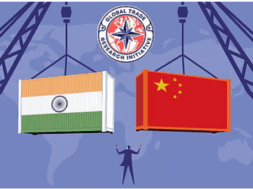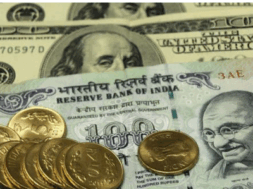
The West: The wealth gap between the US and Europe rises, says IMF
New Delhi: The cross-border challenges in the West are rising and widening the gap between the output of Europeans and Americans since the 1990s, the International Monetary Fund (IMF) has said.
The European Union’s GDP per capita, measured with purchasing power parity, is now only about 72 percent of that of the United States, an IMF study said, according to a media report.
The gap is because of lower productivity growth in Europe, Alfred Kammer, who heads the IMF’s European Department, said.
The productivity in Europe grew slower than in the US because, despite their comparable market size, the European market was highly fragmented, with trade barriers between the EU’s 27 countries, that did not exist in the US.
If these barriers between EU countries were lowered to the level that existed between the states of the US, it would boost European productivity by seven percentage points, he said.
The second setback was the lack of a unified market for capital flows, which put EU companies at a disadvantage compared to US firms in finding financing through equity issues, leaving them to rely on bank loans.
For the last 10 years, the EU has been working on a Capital Markets Union to remove the various barriers to capital flows, a push that has intensified this year, but officials and diplomats are skeptical about how quickly progress can be made.
The third factor holding back EU productivity growth was that workers moving around the 27-nation bloc faced much greater barriers than the US workers moving from one state to another, as well as a shortage of housing to buy or rent.
“The costs in Europe are eight times higher, “Kammer said.
EU leaders asked the European Commission last week to prepare proposals for mid–2025 on how to make the single EU market better.














